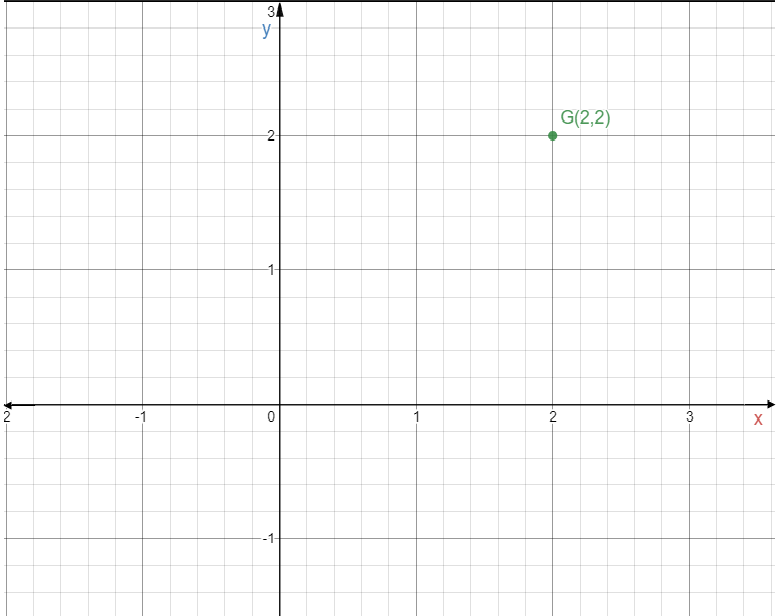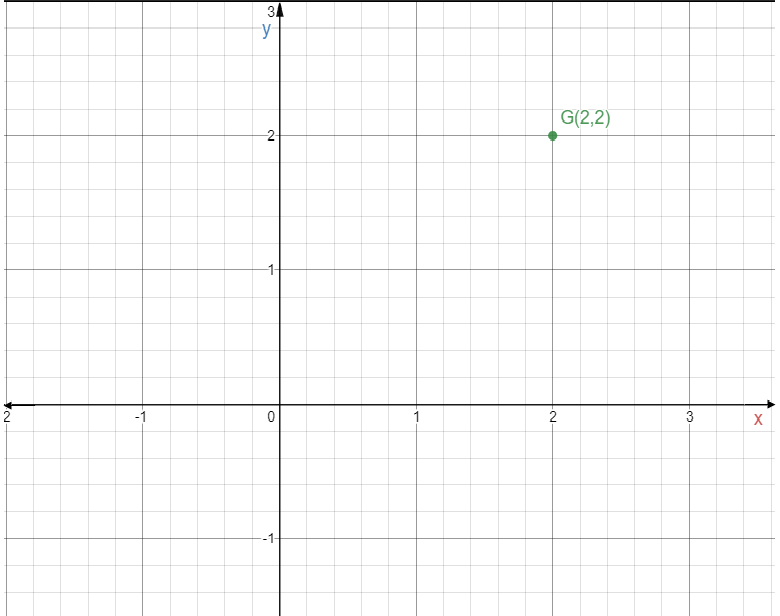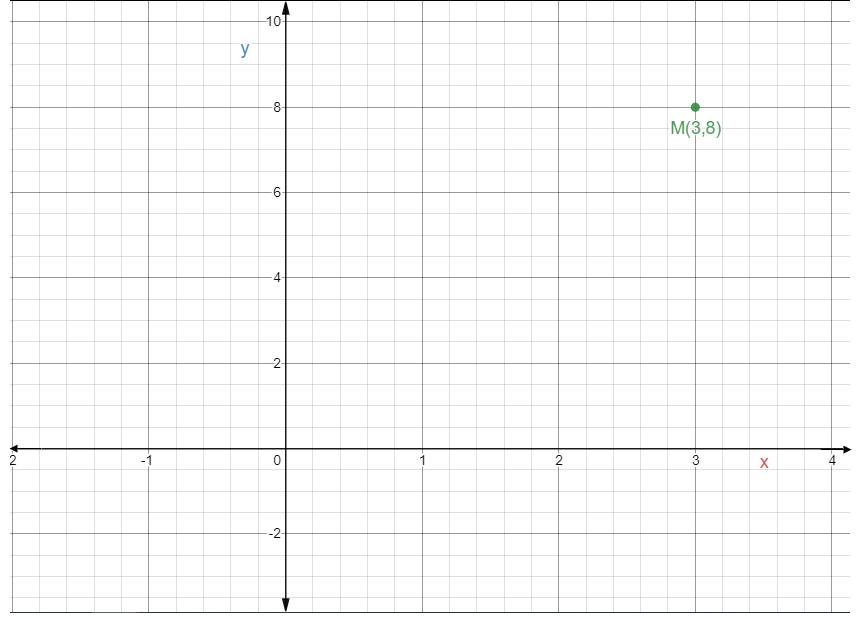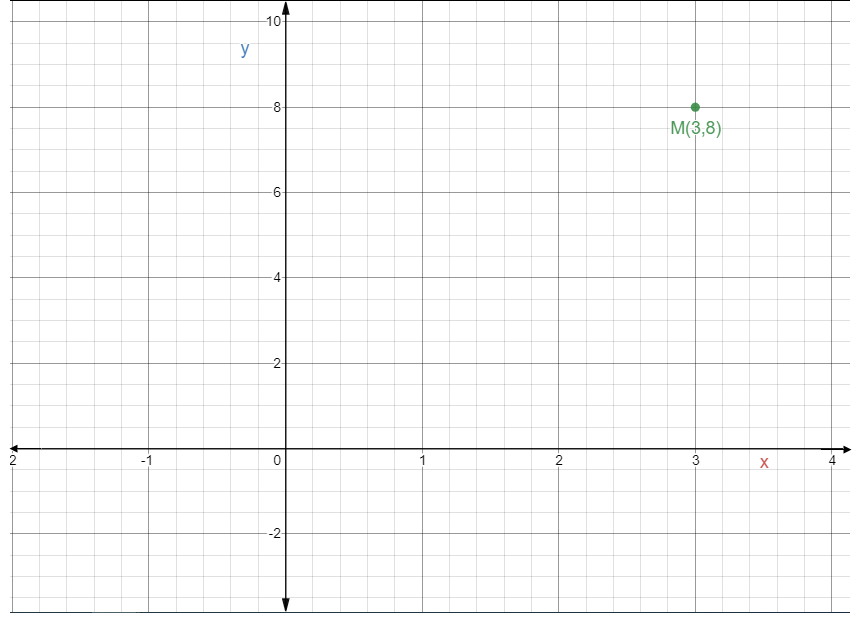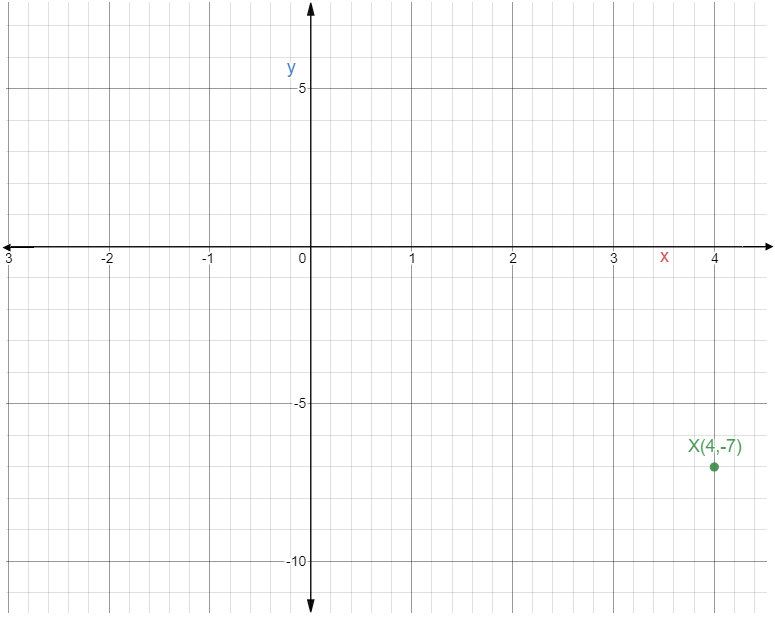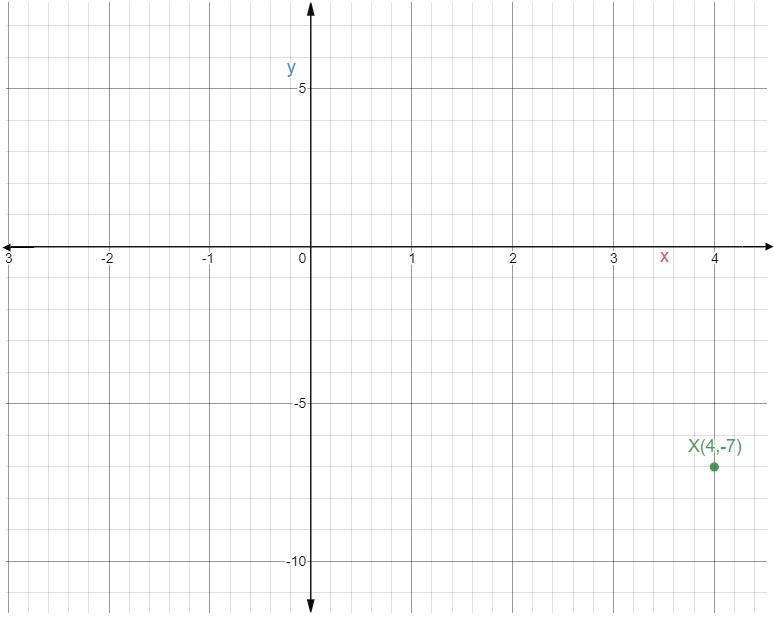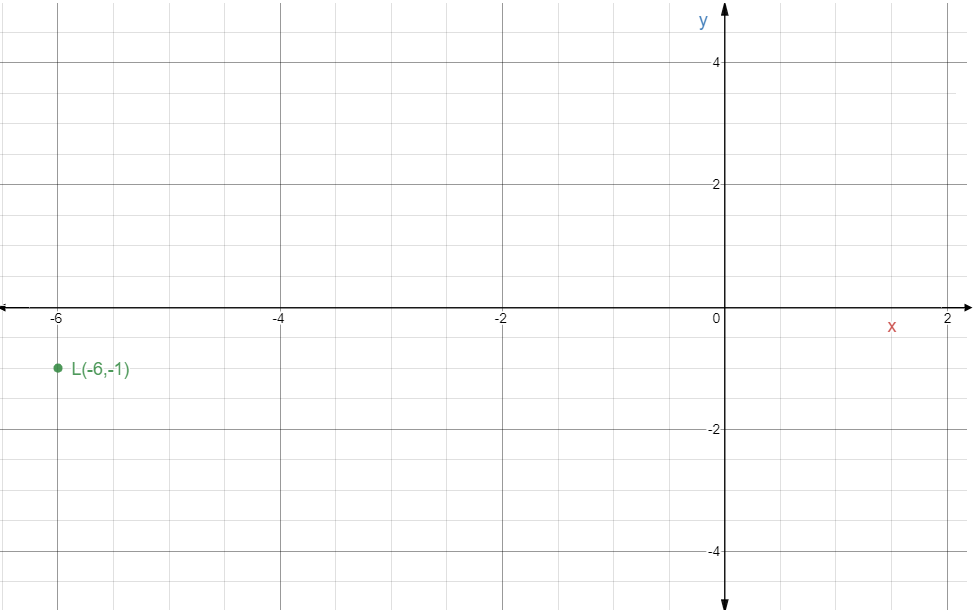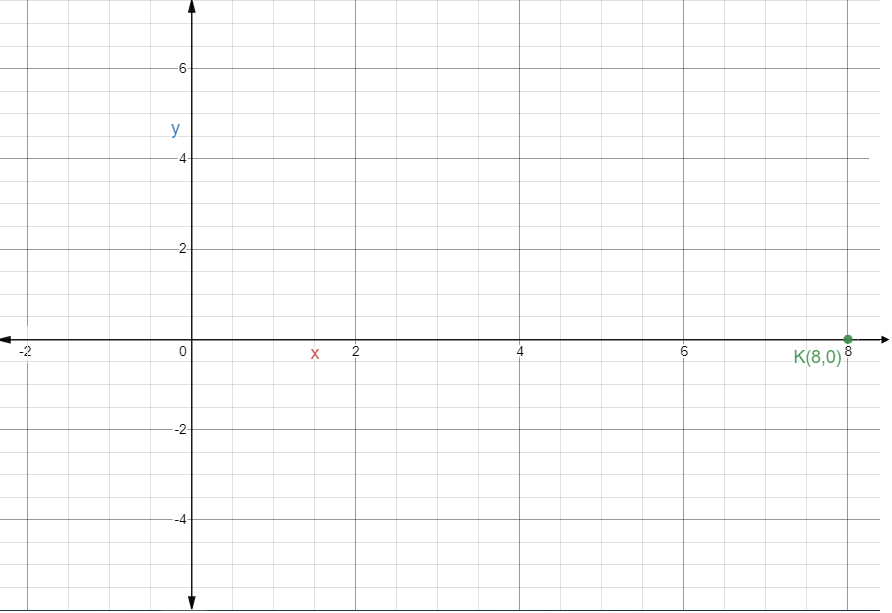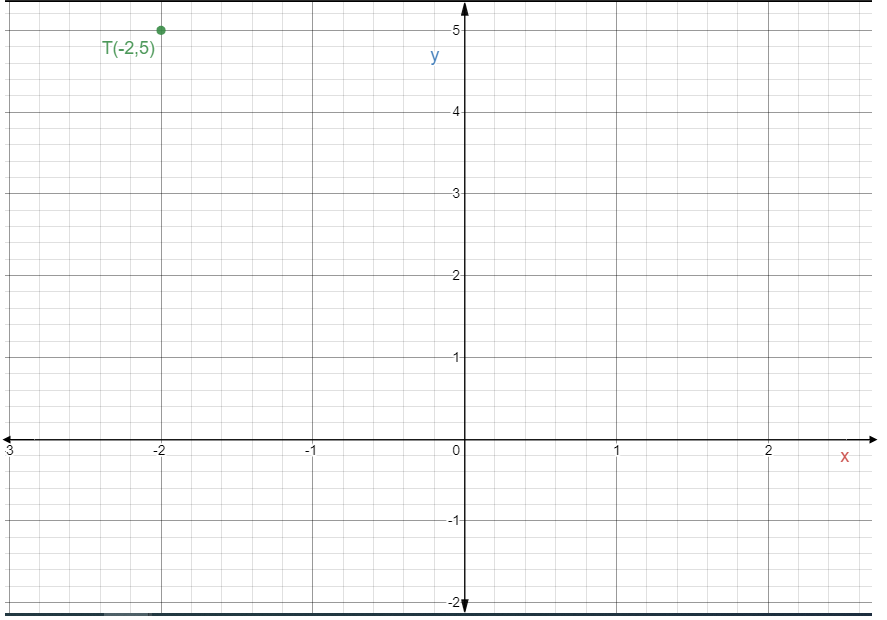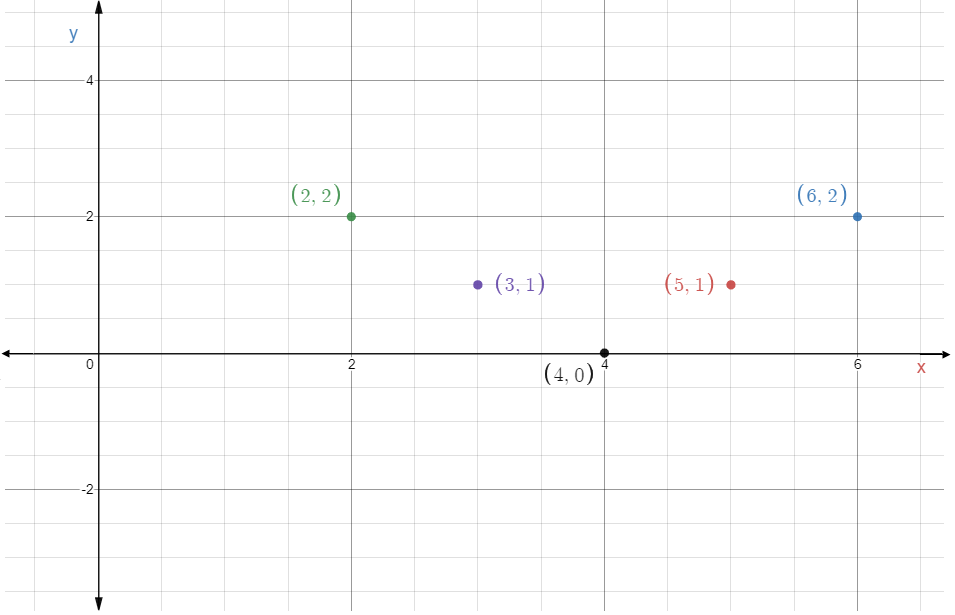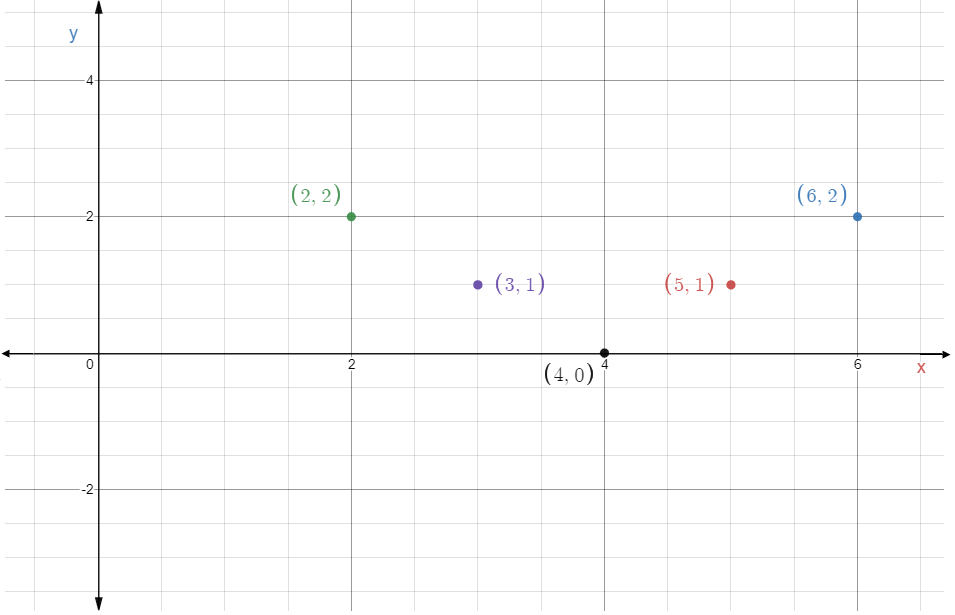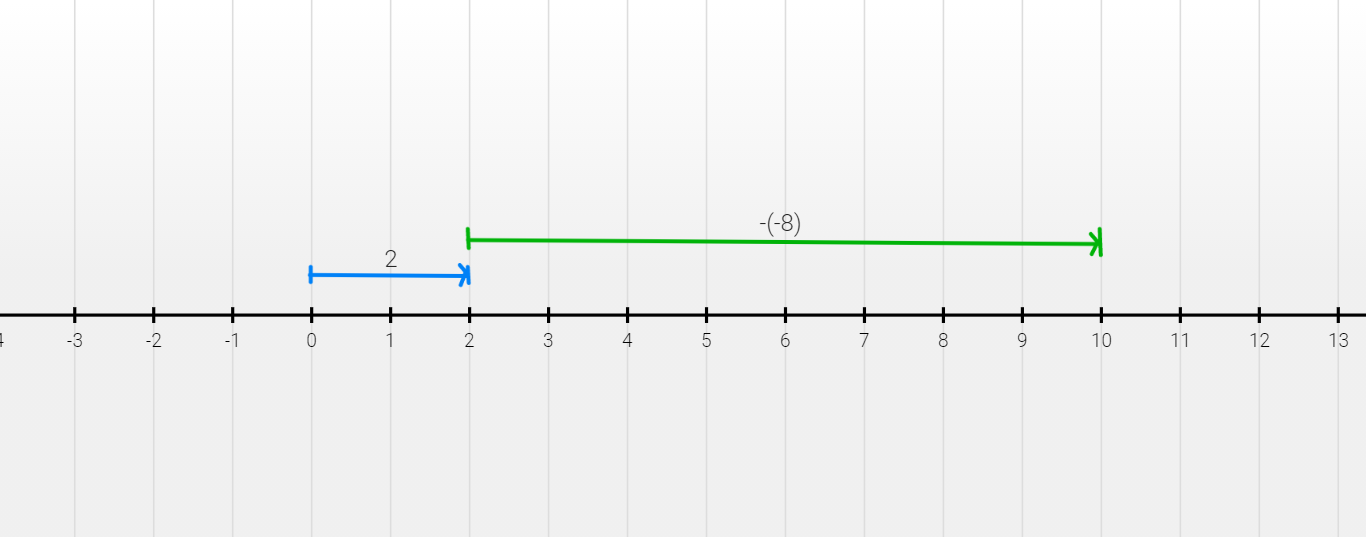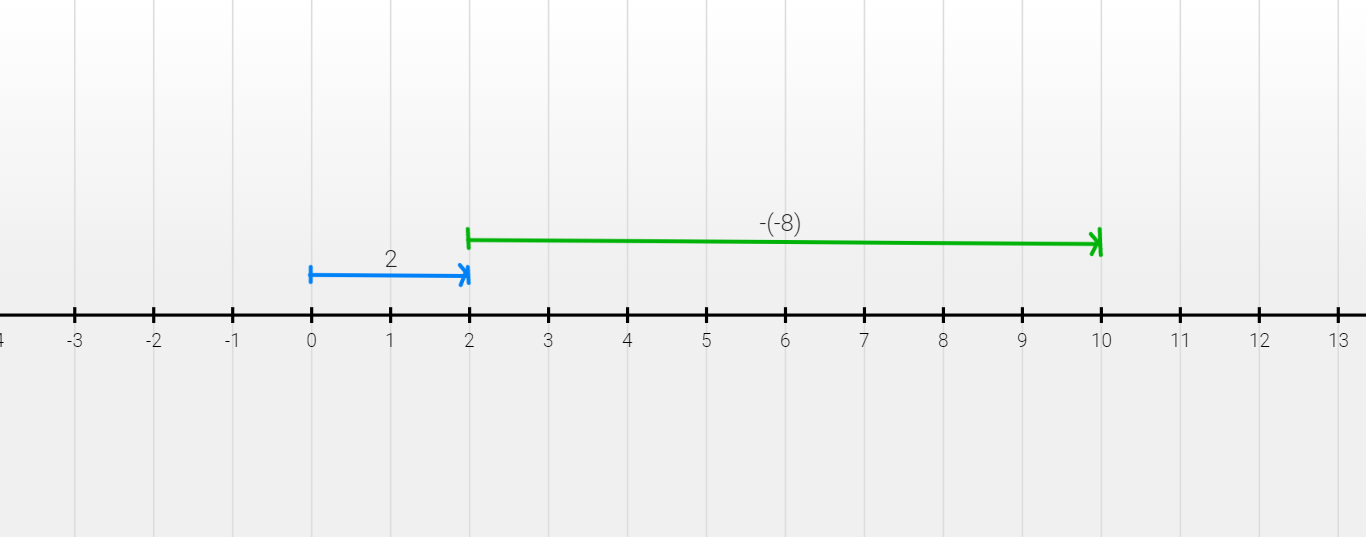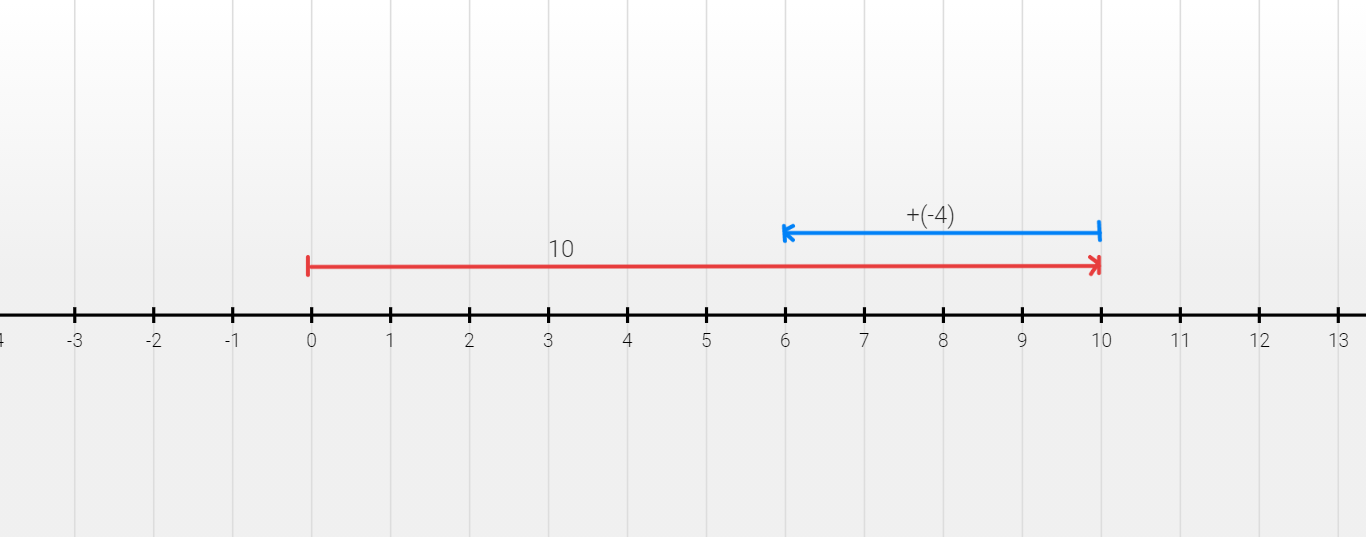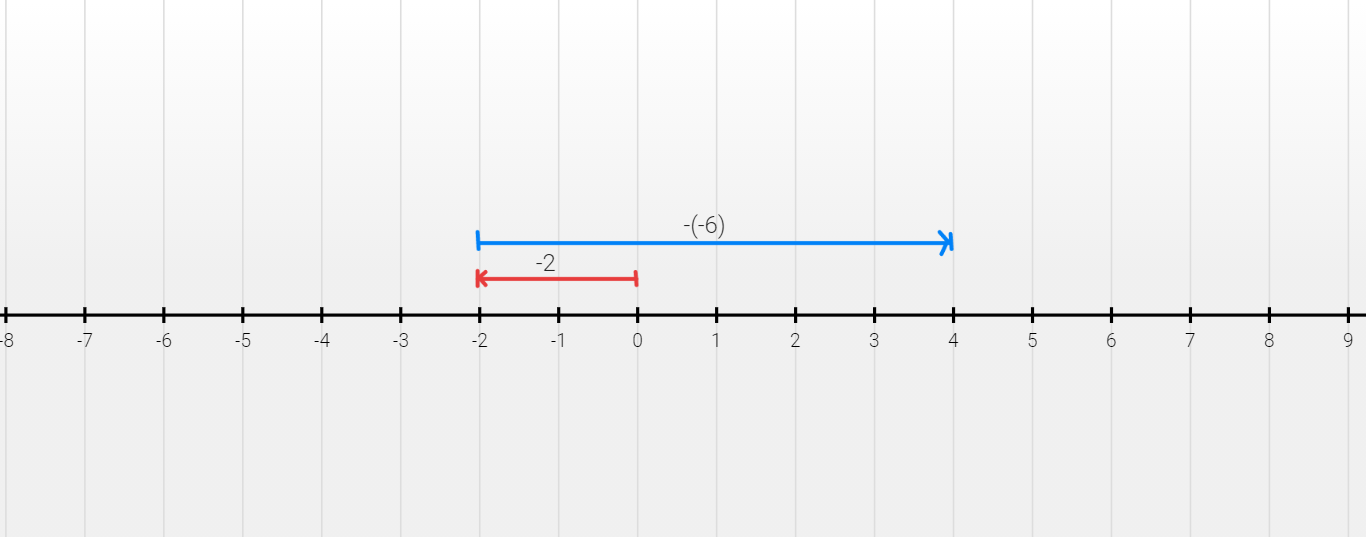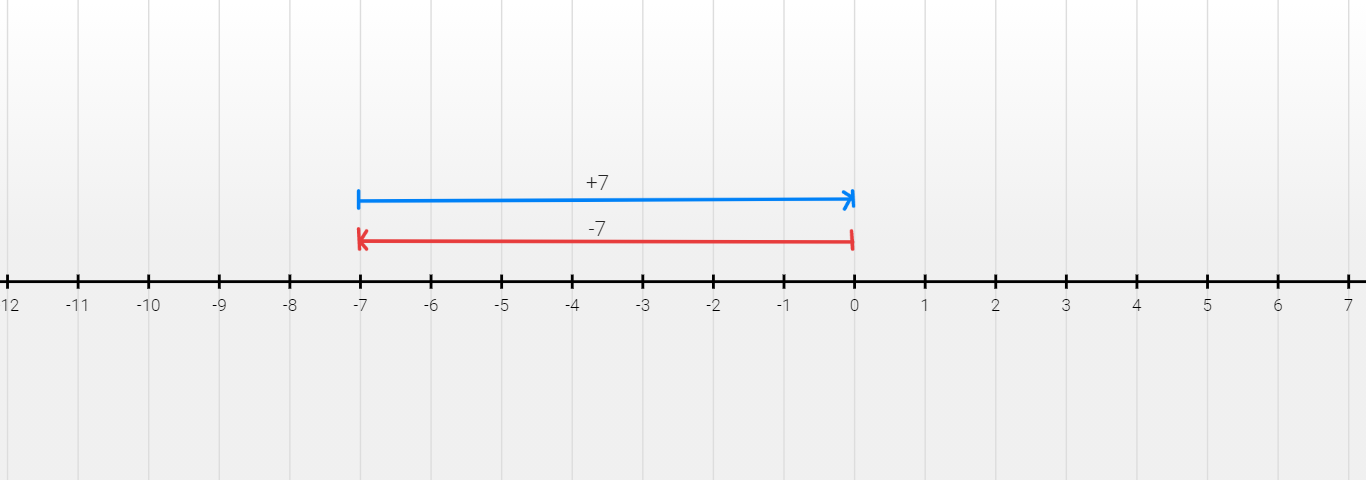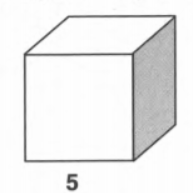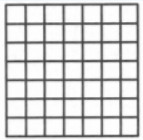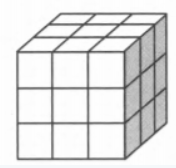Holt Algebra 1 Homework and Practice Workbook 1st Edition Chapter 1
Question. Find the square root of √36.
Given:−√36
To find the square root of the given number. We will first resolve the number as the product of primes, then take one factor out of each pair.
Writing the number as product of primes
−√36=−√2×18
−√36=−√2×2×9
−√36=−√2×2×3×3
So,−√36=−(2×3)
∴−√36=−6
Hence, The square root of−√36 is −6.
Question. Find the square root of √1/49
Given:√1/49
To find the square root of the given number.
We will first resolve the number as the product of primes, then take one factor out of each pair.
First we will find the square root of numerator √1= 1
Now, finding the square root of denominator
Writing the number as product of primes
49=7×7/√49
49 =√7×7
∴√49=7
Thus,√1/49
=√1/7
Hence, the square root of √1/49 is √1/7.
Question. Find the square root of √196
Given:√196
To find the square root of the given number.
We will first resolve the number as the product of primes, then take one factor out of each pair.
Writing the number as product of primes
√196=√2×98
√196=√2×2×49
√196=√2×2×7×7
So,√196=2×7
∴√196=14
Hence, the square root of √196 is 14.
Question. Find the square root of √4/25
Given:−√4/25
To find the square root of the given number.
We will first resolve the number as the product of primes, then take one factor out of each pair.
First we will find the square root of numerator
√4=√2×2
∴√4/=2
Now, finding the square root of denominator
√25=√5×5
∴√25
√25 =5
So,−√4/25=−2/5
Hence, the square root of−√4/25
=−2/5.
Question. A contractor needs to cut a piece of glass to fit a square window. Area of the window is 12 ft2. Find the length of the side of the window to the nearest tenth of a foot and find the square root.
Given: A contractor needs to cut a piece of glass to fit a square window.
The area of the window is 12 ft2.
To find the length of the side of the window to the nearest tenth of a foot.
We will first resolve the number as the product of primes, then take one factor out of each pair.
Since, the area of square window is 12 ft2
To find the length of the side of the window we have to find the square root.
Writing the number as product of primes
√12=√2×2×3
√12=2√3
√12=2×1.732
√12=3.464
To round to the tenths, we need to look at the hundredths
∴√12=3.5
Hence, the length of the side of the window to the nearest tenth of a foot is 3.5 feet.
Question. A piece of cloth must be cut to exactly cover a square table. Area of the table is 27ft2. Find the length of the side of the table to the nearest tenth of a foot and find the square root.
Given: A piece of cloth must be cut to exactly cover a square table.
The area of the table is 27ft2
To find the length of the side of the table to the nearest tenth of a foot.
We will first resolve the number as the product of primes, then take one factor out of each pair.
Since, the area of table is 27ft2
To find the length of the side of the table we have to find the square root.
Writing the number as product of primes
√27=√3×9
√27=√3×3×3
√27=3√3
√27=3×1.732
∴√27=5.196
To round to the tenths, we need to look at the hundredths
∴√27=5.2
Hence, the length of the side of the table to the nearest tenth of a foot is 5.2 feet.
Question. Write all the classifications that apply to √2 is a real number.
Given: √2
To write all the classifications that apply to given real number.
The given number √2 is irrational
Hence, the given number √2 is irrational.
Question. Write all the classifications that apply to 2/3 is a real number.
Given: 2/3
To write all the classifications that apply to given real number.
The given number 2/3 is rational.
Hence, the given number 2/3 is rational.
Question. Write all the classifications that apply to 10 is a real number.
Given: 10
To write all the classifications that apply to given real number.
The given number−10 is rational and integer.
Hence, the given number−10 is rational and integer.
Question. Write all the classifications that apply to √81 is a real number.
Given: √81
To write all the classifications that apply to given real number.
The given number √81 is rational as the square root of √81 is 9 and it is integer, natural and a whole number also.
Hence, the given number √81 is rational, integer, natural and a whole number.
Question. Write all the classifications that apply to 0 is a real number.
Given: 0
To write all the classifications that apply to given real number.
The given number 0 is rational, integer and whole number.
Hence, the given number 0 is rational, integer and whole number.
Question. Write all the classifications that apply to 1 is a real number.
Given: 1
To write all the classifications that apply to given real number.
The given number 1 is rational, integer , whole and natural number.
Hence, the given number 1 is rational, whole, integer and natural number.

